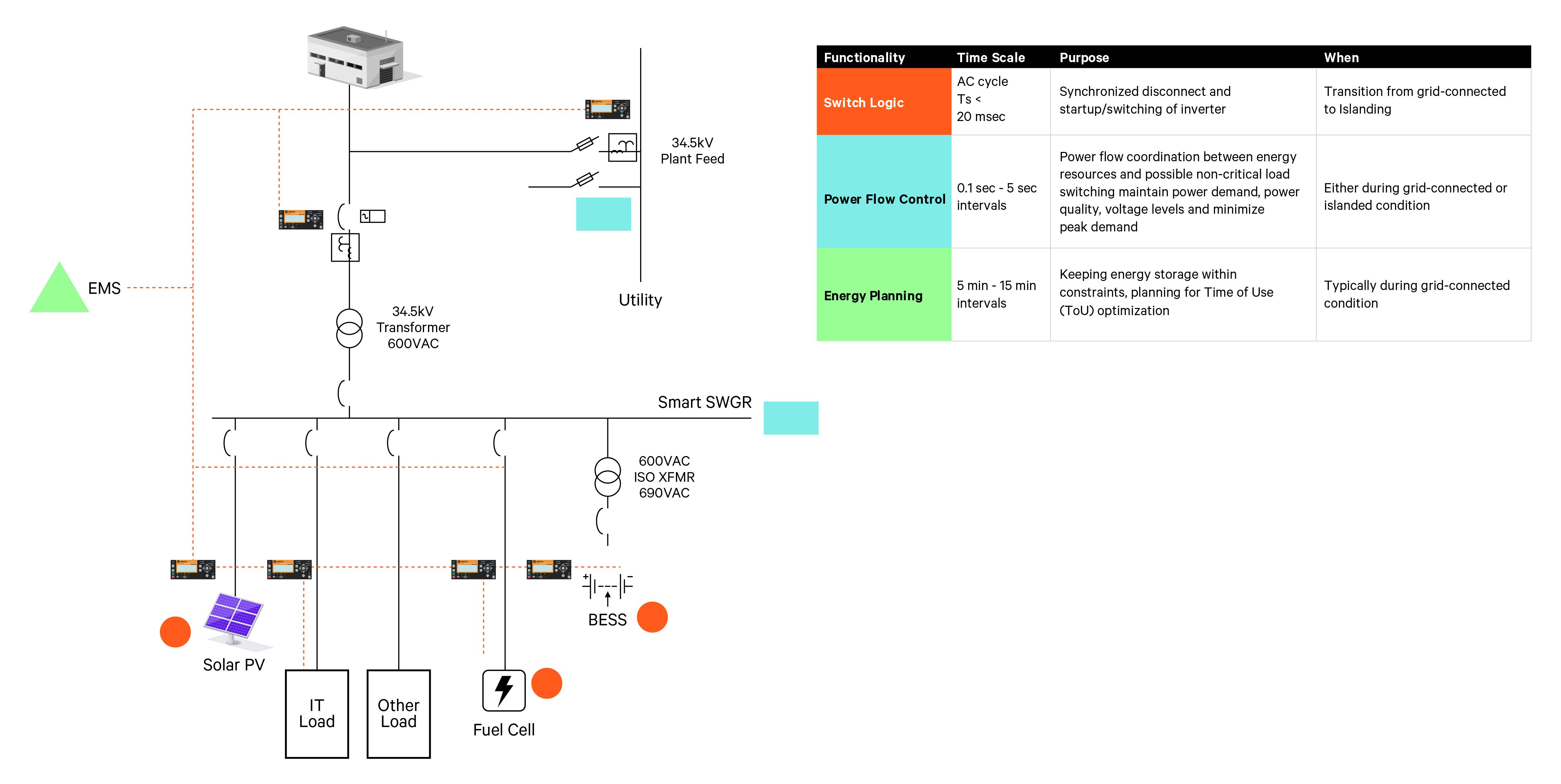
4 月 . 12, 2024 15:44 Back to list
What Is A Microgrid And How Does It Work
A microgrid is a set of distributed energy systems (DES) that can operate dependently or independently of a larger utility grid. It provides local power that enhances reliability and leverages renewable energy sources. The configuration of a microgrid allows for prioritizing renewables like solar, wind, and hydrogen fuel cells, switching to fossil power only when necessary. By utilizing battery energy storage systems (BESS) with lithium-ion batteries, excess electricity generated from renewables can be stored for use during periods of high demand. The autonomy of a microgrid leads to immediate efficiency gains since utility transmission losses are bypassed. Some utilities are turning to microgrids to address grid constraints, aiding in balancing the load on the larger electrical grid and reducing strain on existing infrastructure.
The benefits of using distributed energy resources in microgrids are multifaceted and offer advantages that traditional grid systems cannot match. Microgrids equipped with distributed energy technologies are more reliable, efficient, and flexible compared to centralized grids. They provide clean energy sources with fewer emissions while generally having lower costs due to the use of renewable energy sources. In contrast, central grids transmit electricity from power plants over long distances through transmission and distribution lines, resulting in inefficiencies with as much as 8 to 15% of electricity dissipating during transit.
Another significant advantage of microgrids is their provision of essential backup power during outages or natural disasters, enabling greater control over local energy generation. Through "islanding" capability, a microgrid can disconnect from the central grid and continue to operate independently, ensuring power generation and reliability during grid disruptions caused by events like storms. The operational resiliency of microgrids is evident in their fail-safe islanding feature, allowing for continuous power backup services during grid outages with distributed energy resources that are "always-on."

Furthermore, distributed energy technologies play a vital role in controlling energy costs through the implementation of automated microgrid management systems, commonly known as "microgrid controls." These systems manage energy supply by tracking real-time changes in power prices on the central grid. By monitoring wholesale electricity prices, the microgrid controller can make informed decisions on sourcing power either from the central grid or from owned energy sources like solar panels. Peak shaving is a strategy employed by microgrid controllers to optimize energy usage by switching between different power sources based on fluctuating energy prices.
The microgrid controller comprises three key components operating on distinct time scales: switch logic (red), power flow control (blue), and energy planning (green). Various elements influence the necessary capabilities of a microgrid controller, such as integrating existing and new energy resources, managing utility costs, ensuring continuity of critical loads during contingency events, and facilitating seamless islanding in case of utility loss. Additionally, the controller must adapt to changes in daily energy demand, provide cybersecurity measures, and offer system status communication for each distributed energy resource within the microgrid.
When contemplating the establishment of a microgrid for a mission-critical facility, operators should conduct a feasibility study to assess their current infrastructure and power requirements. This study includes reviewing the existing grid-connected electrical power system infrastructure, identifying power flow issues, conducting a visual audit of electrical equipment, and outlining the microgrid configuration with distributed energy resources like solar, wind, and energy storage. The microgrid's conceptual design should entail preliminary sizing of resources, electrical one-lines, and control system architecture. Scenarios involving different system configurations and outage capabilities should also be considered for the microgrid.
Integrating microgrids with new and existing energy resources not only reduces energy costs but also enhances resiliency and flexibility while ensuring the continuity of critical loads during power outages or emergencies. The ability to generate electricity using prioritized energy sources, reduce fossil fuel consumption, and control energy costs makes microgrids an appealing option for many applications. Nonetheless, designing and implementing a resilient and scalable microgrid necessitates careful consideration and expertise from concept development to installation and ongoing maintenance. Ultimately, partnering with experienced professionals can streamline the process and optimize the performance of a microgrid system.
-
Unraveling the Power of EMS Energy Management Systems
NewsOct.23,2024
-
Unleashing the Potential of Power System Management and Smart Energy Solutions
NewsOct.23,2024
-
Smart Energy Mastery: Unleashing the Power of Controls
NewsOct.23,2024
-
Smart Energy Management: Unleashing the Power of Energy Management Systems and BMS Energy
NewsOct.23,2024
-
Powering Progress: ADMS, Intelligent Management & More
NewsOct.23,2024
-
Energizing the Future: Devices, Smart Management & Savings
NewsOct.23,2024


